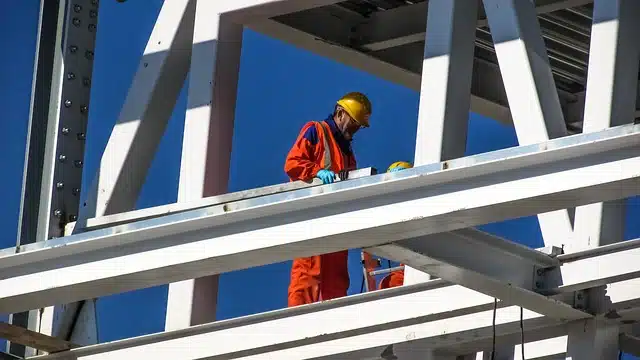
Risk prevention aims to avoid accidents or minimize their eventual consequences.
Prevention refers to the action and effect of preventing . The concept, therefore, allows us to name the preparation of something in advance for a certain purpose, to foresee damage or to anticipate a difficulty, among other meanings.
Risk , for its part, has its most distant etymological origin in the Arabic word rizq , which means "what providence brings." The term is linked to the proximity of possible damage and the vulnerability that it produces in those who will perceive it.
These definitions allow us to understand that the concept of risk prevention can be associated with the preparation of some defensive measure to anticipate and minimize damage that may occur . In other words: faced with a situation or activity that is inherently risky due to its own characteristics, people take certain precautions in case the risk materializes and becomes a danger to their integrity .
Risk prevention at work
Risk prevention is very important at work , especially in those activities that involve a greater possibility of harm to the worker (such as construction, mining or the chemical industry , for example).
The objective of this type of prevention is to reduce workplace accidents and minimize damage if they occur . Risk prevention, therefore, includes a certain organizational system for the activity and the use of appropriate uniforms to protect the worker's health (helmet, fireproof clothing, etc.).
The control of toxic materials and waste is also part of risk prevention in the industry to take care of the health of the worker and to avoid contamination in the surroundings of the factories.

The use of a helmet, gloves and other safety elements is part of risk prevention.
Avoid accidents
There are two ideas that serve as a basis for the prevention of occupational risks: every workplace accident can be avoided, since it is in itself proof that the organization or the work of one or more people has not been optimal; The best way to anticipate the risks associated with a task is to study it thoroughly.
Currently, it is normal for workers to have the support of legislation to assert their right to be effectively protected against work risks, and this translates, in turn, into an obligation on the part of managers to regarding their employees. In some countries, it is sought that the prevention of occupational risks be integrated with the rest of the points to be covered in business management, among which are its financial and productive activity.
The evaluation stage in risk prevention
All risk prevention must begin with the proper evaluation of the environment, carried out by technicians specialized in the matter. Some of the objectives of said observation are:
* study the conditions of the job, which includes the facilities, tools and products used in it;
* Identify those dangers to which employees are exposed. It is worth mentioning that some of them can be easily avoided before continuing with the evaluation;
* assign a numerical value to each risk detected, taking into account factors such as the severity of its potential damage and the time that the average employee must be exposed to it per day. After this stage it is possible to organize them in a hierarchy of priorities;
* propose a series of prevention measures to achieve the elimination or reduction of risks.
This evaluation is just one of the steps towards security in a work environment, a tool available to entrepreneurs to be able to direct their companies with more certainty. Once the results have been received by the technicians, it is possible to develop an execution plan to solve the problems one by one, as the necessary financial means are available.
